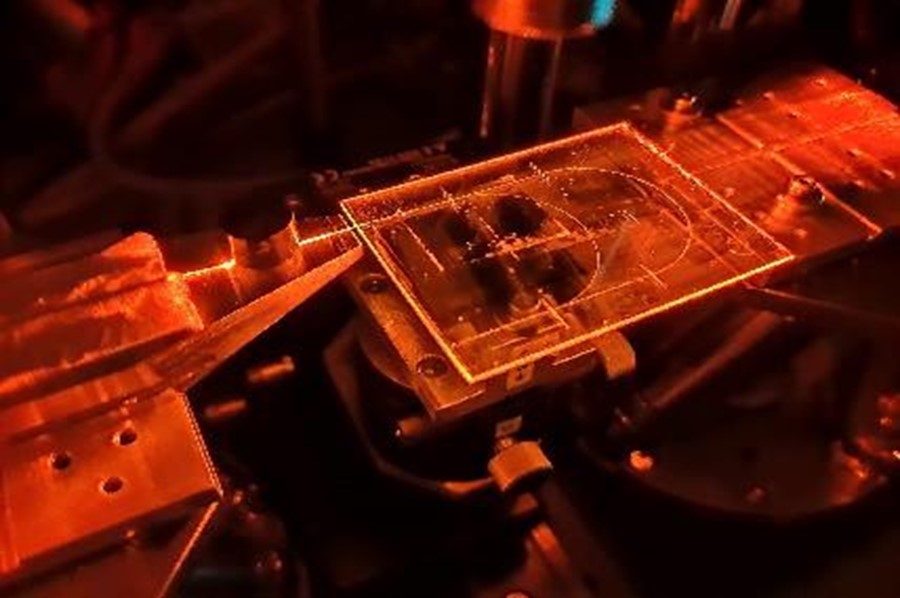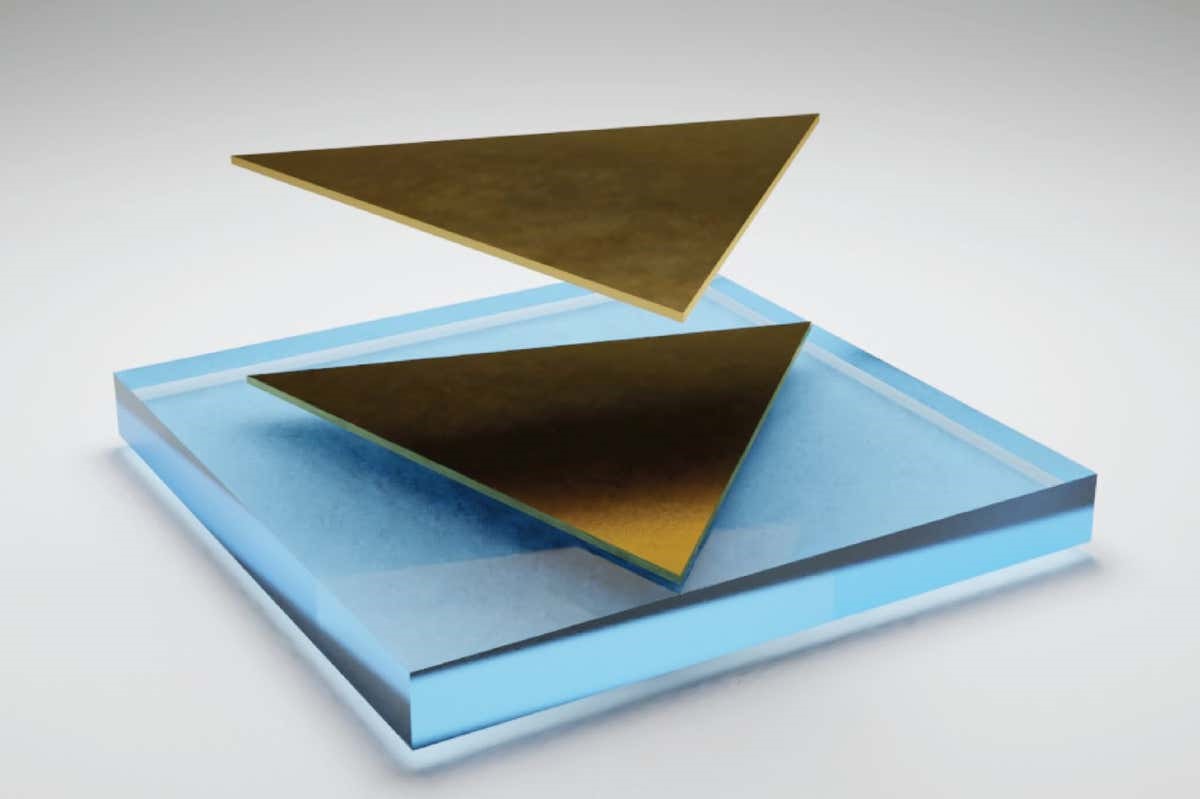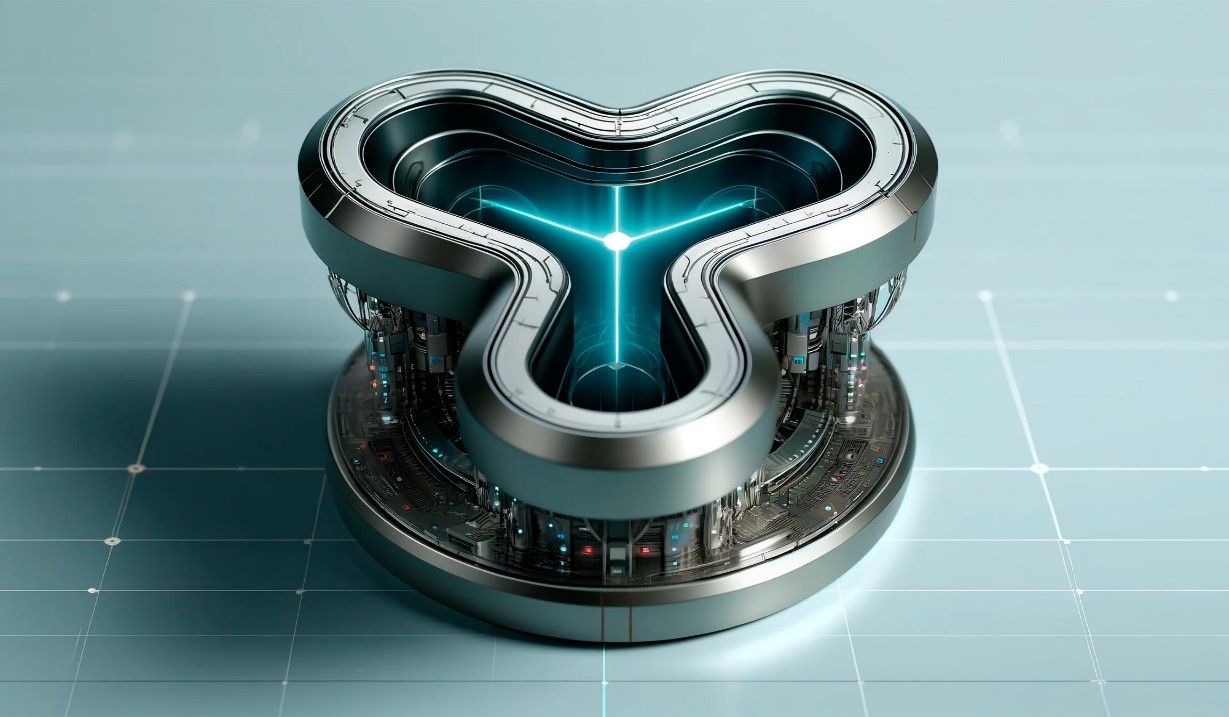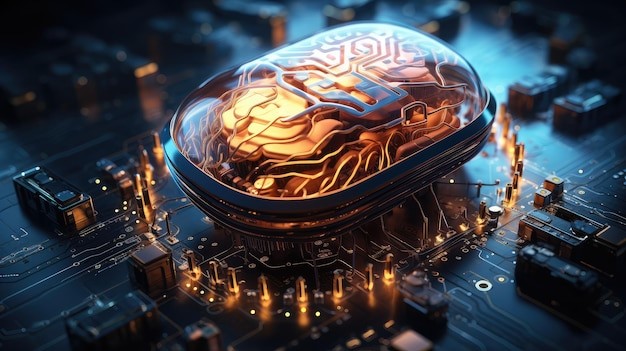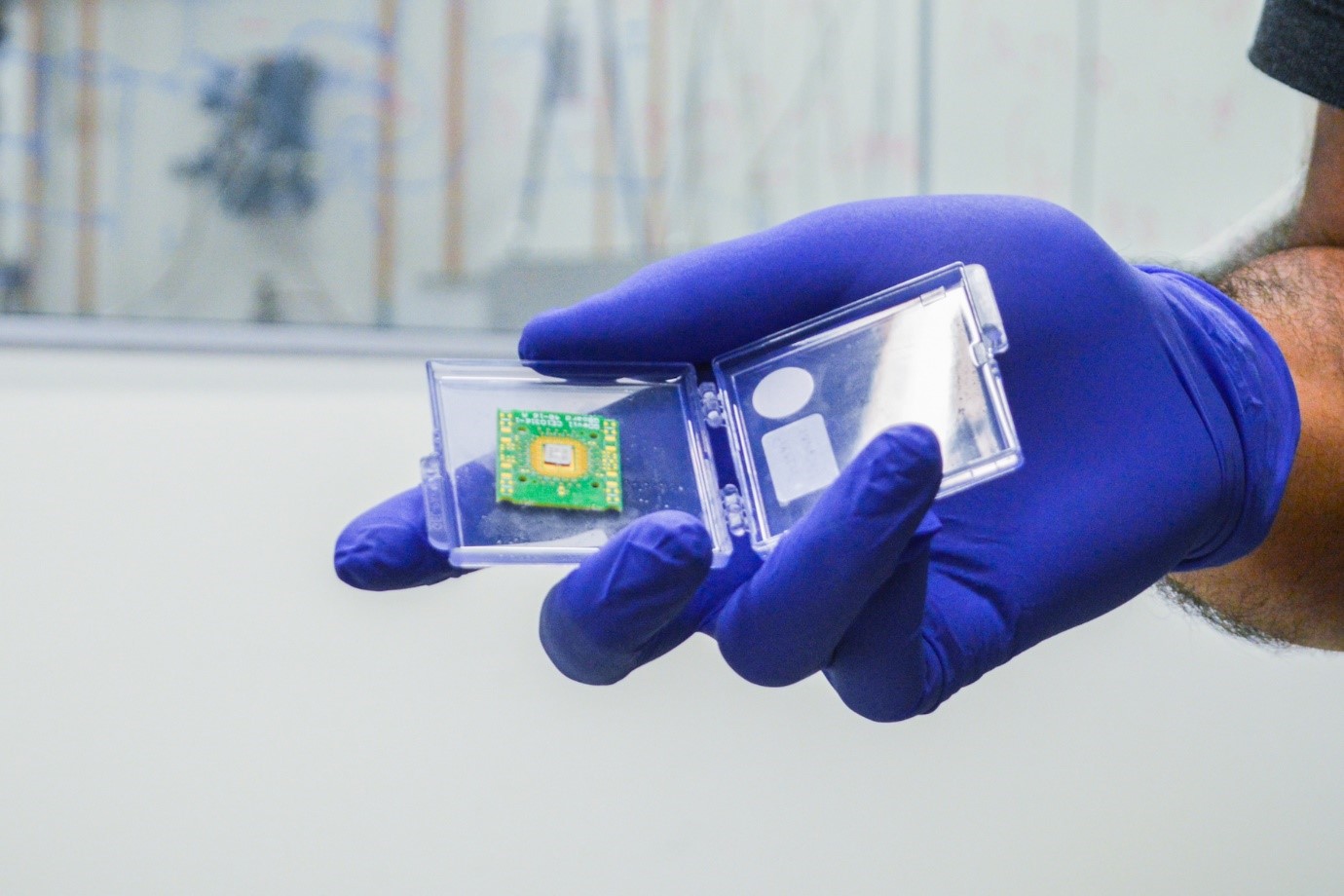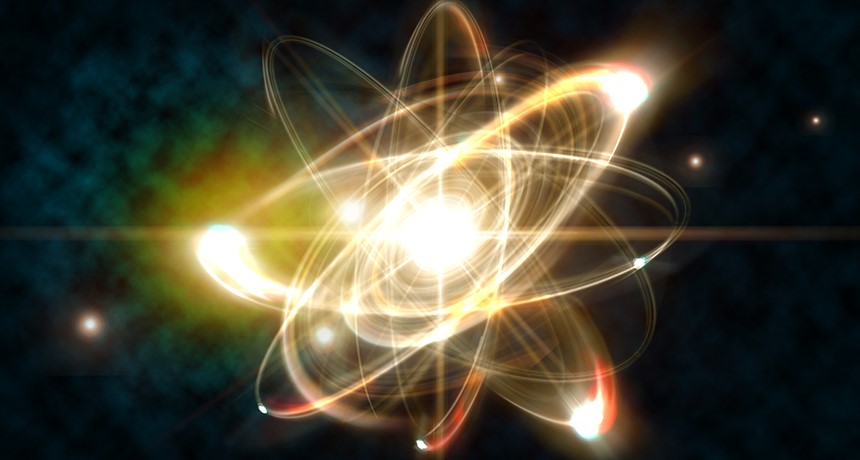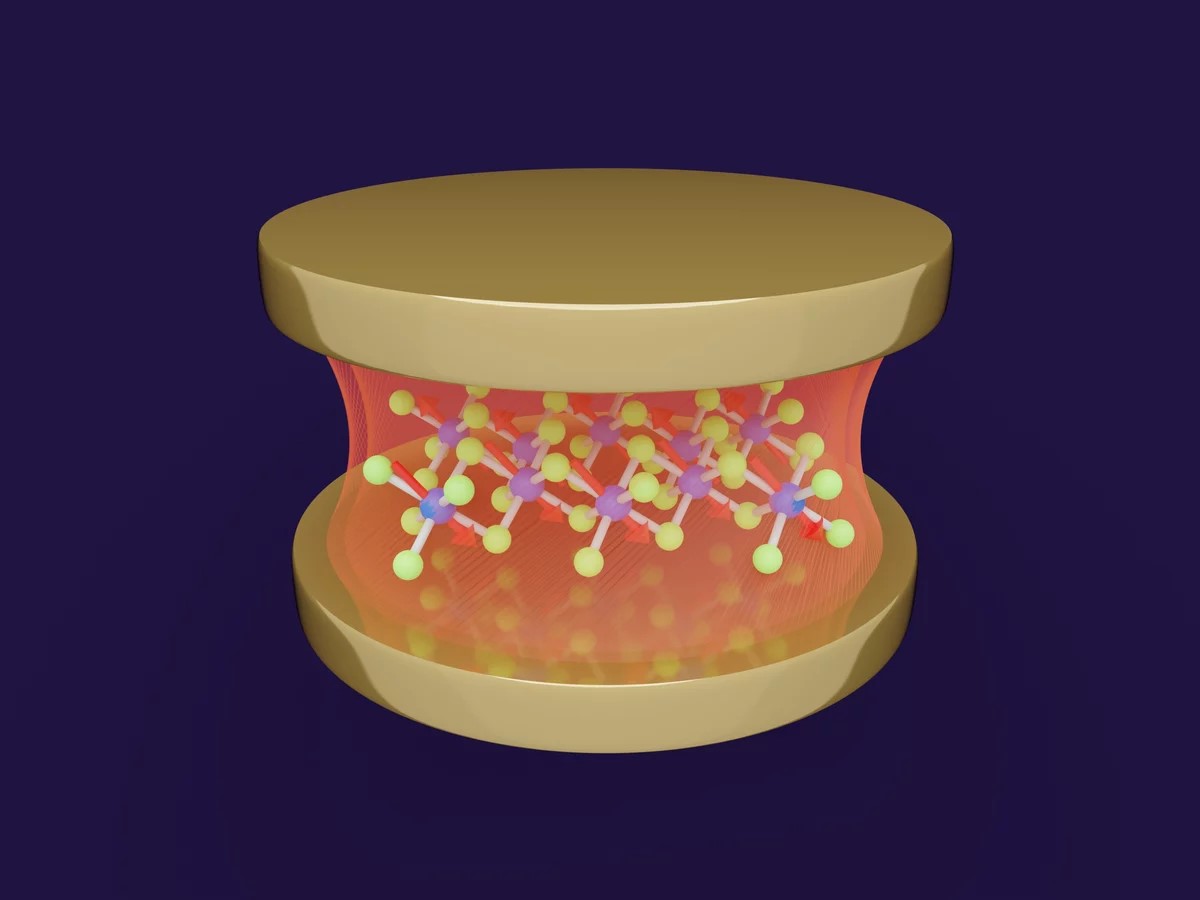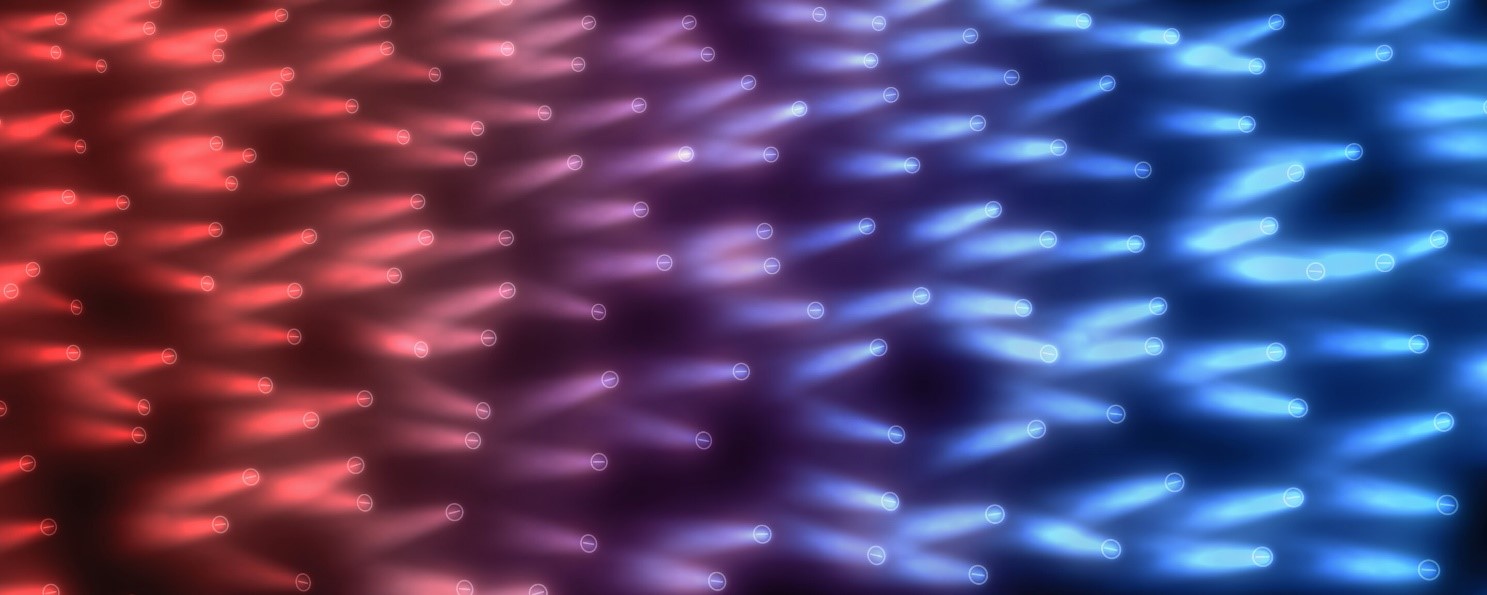Revolutionizing Quantum Electronics: Researchers at Penn State Unlock a New Frontier
A team of researchers from Penn State has devised an innovative electrical method to manipulate the flow of electrons within quantum materials. This holds immense potential for the advancement of next-generation electronic devices and quantum computers. The research, detailed in a recent publication in the journal Nature Materials, introduces a novel approach to harness the quantum anomalous Hall (QAH) effect, a phenomenon where electrons' energy is preserved as they flow along the edges of certain materials.

Figure 1. Research Image. (Credit: Chang Lab / Penn State)
Figure 1 shows a new method by Penn State researchers conveniently changes the direction of electron flow in materials that exhibit the quantum anomalous Hall (QAH) effect — a phenomenon in which the flow of electrons along the edge of a material does not lose energy. The method takes advantage of a physical mechanism called spin-orbit torque, which is related to the material’s internal magnetism. Applying a 5-millisecond current pulse to the material impacts the internal magnetism and changes the direction of electron flow (e.g. from right-handed to left-handed).
Dr. Cui-Zu Chang, an associate professor of physics at Penn State and one of the co-corresponding authors of the paper, emphasizes the growing importance of improving the efficiency of information transfer, particularly as electronic devices become smaller and computational demands escalate. The QAH effect is particularly promising because it allows electrons to flow along material edges without energy loss, making it an attractive option for dissipationless electronic transport.
The foundation of this research lies in QAH insulators, which are a subset of topological insulators, ultra-thin films designed to conduct electricity exclusively along their edges. This clean, one-directional flow of electrons gives rise to the dissipationless property, ensuring no energy is lost as heat.
Chang and his team have been at the forefront of exploring the QAH effect, with their previous work demonstrating how to scale up this phenomenon, creating a "multilane highway" for faster electron transport. In this latest study, they present a new method to control the direction of electron flow within these QAH insulators. This control is crucial for optimizing information transfer, storage, and retrieval in quantum technologies.
In their experiments, the researchers engineered a QAH insulator with specific, optimized properties. They discovered that applying a brief 5-millisecond current pulse to the material could alter its internal magnetism and subsequently cause the electrons to change direction. This ability to change the direction of electron flow is a significant step forward in writing and reading quantum states, which can be stored in multiple possible states simultaneously.
A significant aspect of this research is the transition from relying on external magnets to control the material's magnetism to an electronic method. Traditional methods involved bulky magnets, which are impractical for small devices like smartphones. An electronic switch proves to be much faster and more suitable for modern electronics.
To make this electronic method effective, the team increased the density of the applied current by narrowing the QAH insulator devices. This resulted in a very high current density, which facilitated the switch in magnetization direction and electron transport route. The researchers draw a parallel between this shift from magnetic to electronic control and the transition that occurred in traditional memory storage, where magnets were used for creating a magnetic field and writing data. Newer technologies like flash memory, solid-state drives, and MRAM operate based on electronic principles related to internal magnetism.
Besides their experimental achievements, the research team also provided a theoretical interpretation of their methodology. They are now focused on exploring how to pause electrons during their journey and, essentially, turning the system on and off. Additionally, they are working towards demonstrating the QAH effect at higher temperatures, as the current requirements for quantum computers and superconductors demand extremely low temperatures near absolute zero.
This research received funding from the Army Research Office, the Air Force Office of Scientific Research, and the National Science Foundation (NSF). Support was also provided by the NSF-funded Materials Research Science and Engineering Center for Nanoscale Science at Penn State and the Gordon and Betty Moore Foundation's EPiQS Initiative.
Source: Penn State
Cite this article:
Hana M (2023), Revolutionizing Quantum Electronics: Researchers at Penn State Unlock a New Frontier, AnaTechMaz, pp. 129


